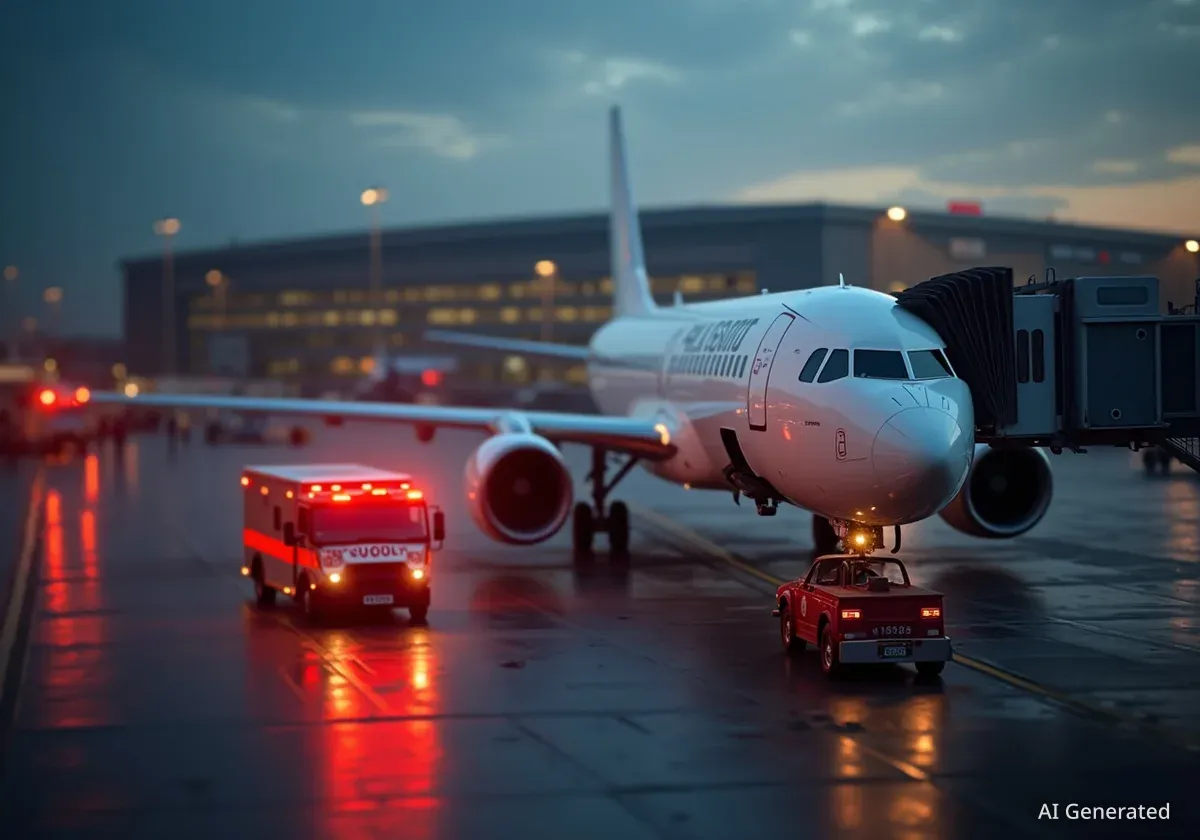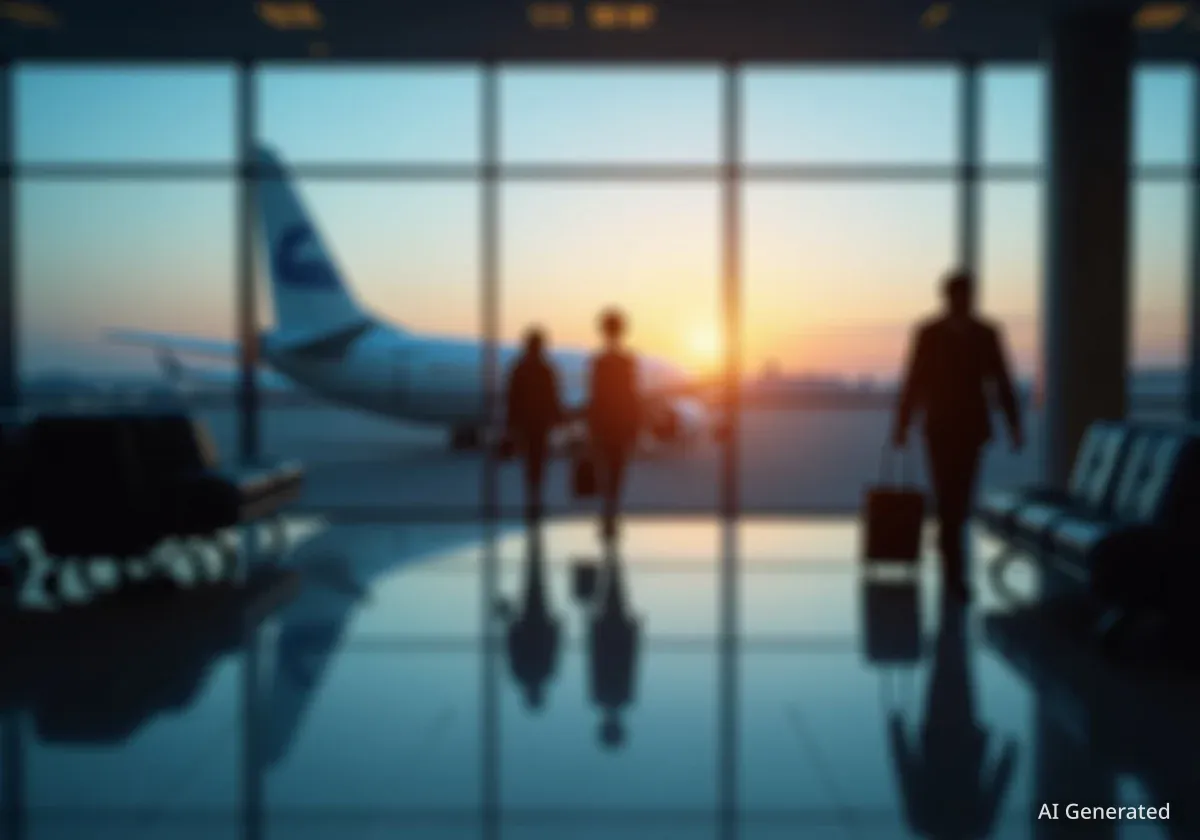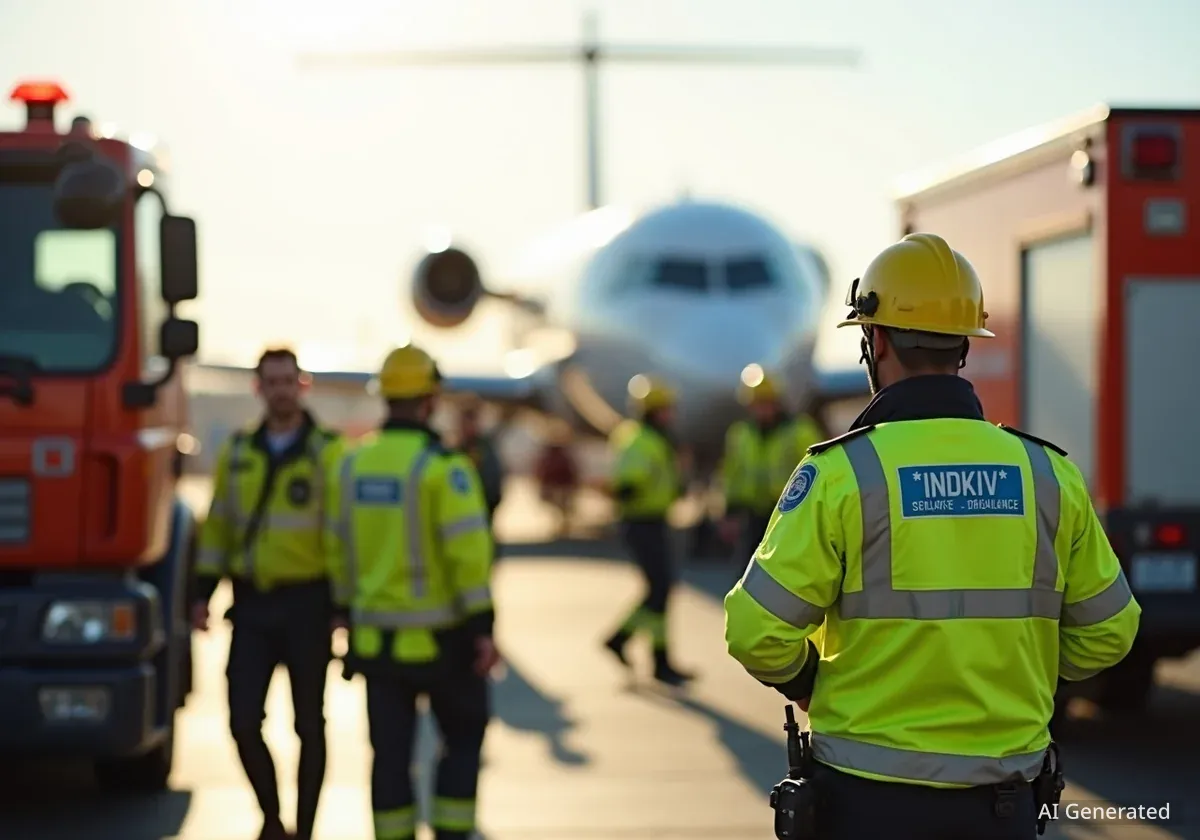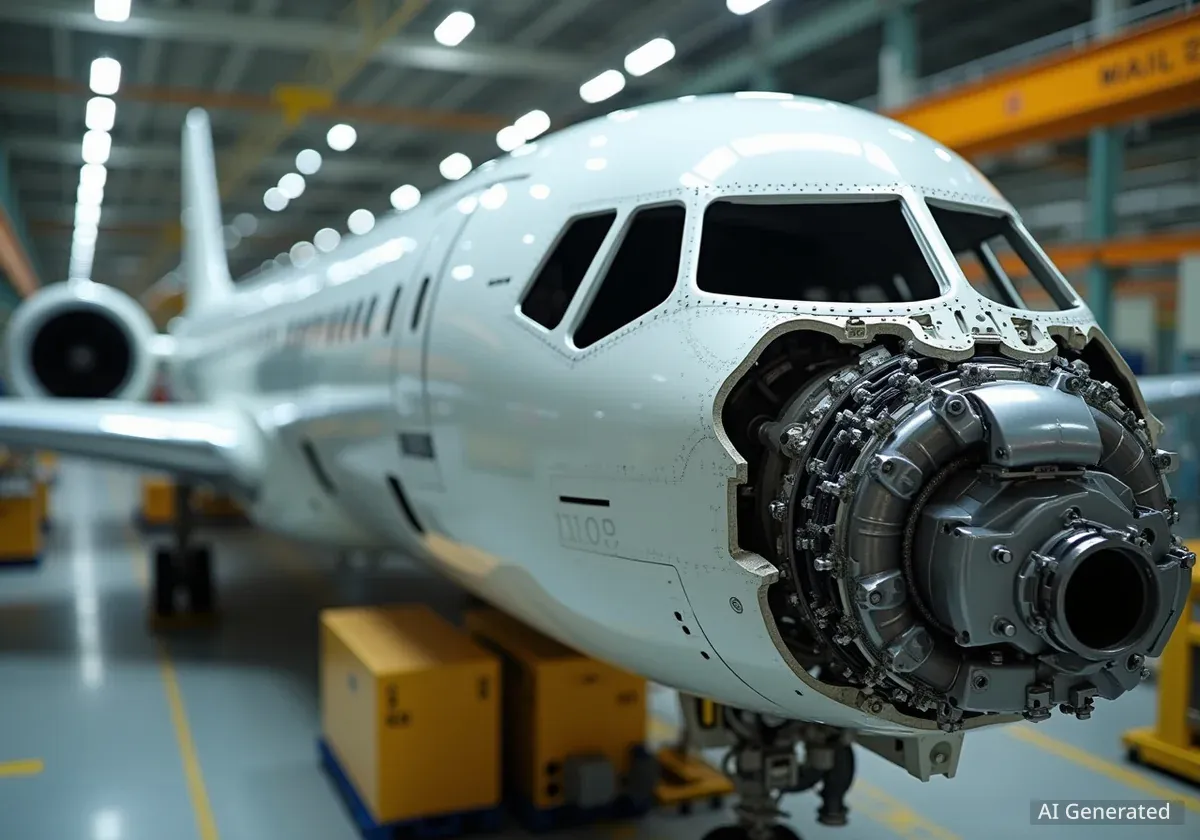An American Airlines flight bound for New York returned to Los Angeles International Airport (LAX) on Tuesday evening after multiple passengers and the flight crew reported unusual fumes inside the cabin. The incident prompted an emergency response upon landing, though no serious injuries were reported.
The flight, destined for John F. Kennedy International Airport (JFK), turned back shortly after takeoff when several passengers complained of feeling ill. The pilots also detected an unusual smell and taste, leading them to use their cockpit oxygen masks as a precaution before safely landing the aircraft back at LAX.
Key Takeaways
- An American Airlines flight from Los Angeles to New York returned to LAX due to fumes in the cabin.
- Several passengers reported feeling sick, and pilots also detected an unusual smell and taste.
- The flight crew in the cockpit used oxygen masks as a safety measure.
- Seven passengers were medically evaluated upon landing, but none required hospitalization.
- The aircraft was later inspected, and no dangerous substances were found.
Details of the Mid-Air Incident
The flight departed from Los Angeles International Airport just before 5 p.m. on Tuesday. Its destination was JFK International Airport in New York, a routine transcontinental route. However, the journey was cut short when the crew declared an in-flight issue.
According to reports from air traffic control communications, the pilots informed the control tower about the situation developing in the cabin. They stated that they, too, could smell and taste something unusual from the cockpit, which prompted them to don their emergency oxygen masks.
Flight Path Data
Data from the flight tracking service FlightRadar24 shows the aircraft's path after departure. The plane flew west over the Pacific Ocean before executing a loop to reverse its course and head back toward the California coast for its return to LAX.
The decision to turn around was made to ensure the safety and well-being of everyone on board. Returning to the departure airport is a standard procedure in such situations, allowing for a full assessment by ground crews and emergency services.
Passenger and Crew Response
The primary concern during the flight was the well-being of the passengers. Reports from inside the aircraft indicated that several individuals felt unwell due to the presence of the fumes. The cabin crew attended to these passengers while the pilots managed the return to the airport.
The pilots' actions were critical in managing the situation. By using their oxygen masks, they ensured they remained fully capable of operating the aircraft without being affected by the potential contaminant in the cabin air. This is a standard safety protocol for fume events.
"Pilots reported to the control tower that they also smelled and tasted something, and had put on their oxygen masks in the cockpit," an official summary of the event noted.
This direct action highlights the seriousness with which the flight crew addressed the potential risk. The source of such fumes can range from mechanical issues in the air conditioning or bleed air systems to items brought on board in passenger luggage, requiring a thorough investigation on the ground.
Emergency Services Mobilized at LAX
Upon its return to LAX, the aircraft was met by emergency response teams as a precautionary measure. The Los Angeles Fire Department (LAFD) was on standby to provide immediate medical assistance to passengers and crew.
According to a statement from the LAFD, their personnel evaluated a total of seven passengers who had reported feeling ill during the flight. The medical assessments were conducted at the gate to determine if anyone required further treatment.
What Are Fume Events?
Fume events on aircraft occur when contaminated air enters the cabin or cockpit. This can be caused by oil or hydraulic fluid leaking into the engine's bleed air system, which supplies the cabin with pressurized air. While most events are minor, they are investigated thoroughly due to potential health concerns.
After the evaluations were complete, the fire department confirmed that none of the passengers needed to be transported to a hospital. This outcome suggests that the symptoms experienced were temporary and resolved once the passengers were off the aircraft.
Investigation and Flight Continuation
Following the safe landing and passenger deplaning, the aircraft was taken to a maintenance area for a detailed inspection. Ground crews and technicians worked to identify the source of the reported fumes. The goal was to ensure the aircraft was safe before it was cleared for any future flights.
Officials later reported that no dangerous substances were detected during the inspection of the aircraft. After a thorough review, the plane was deemed safe to fly.
The airline rescheduled the flight to New York for a few hours later, allowing passengers to continue their journey. While the incident caused a significant delay, the protocols in place ensured that the safety of all individuals on board was the top priority. The cause of the initial fume report remains under review by the airline's maintenance and safety teams.





